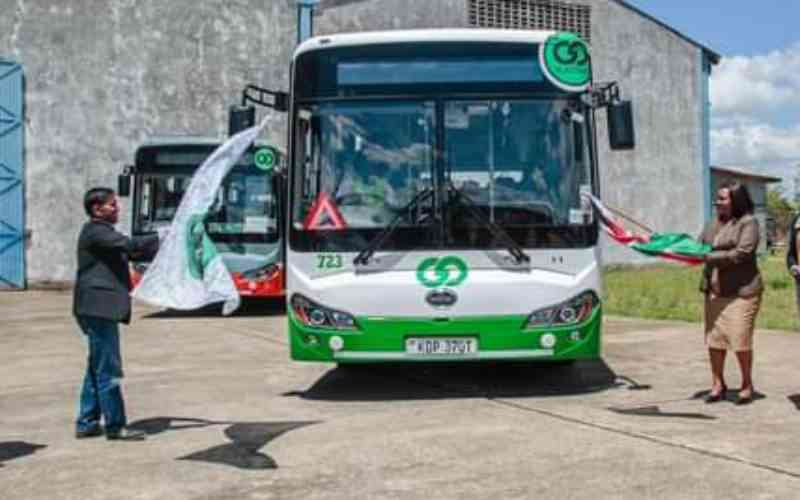On Tuesday Japan announced a new policy of providing trade insurance to cover infrastructure-related exports and loans in Africa. The policy is designed to encourage deeper economic ties between Japan and African states. Insurance coverage will be provided in the context of a partnership between the African Trade Insurance Agency, ATIA (an agency led by African states and their international development partners), the Nippon Export and Investment Insurance (Nexi) and the Islamic Development Bank of Saudi Arabia. While Nexi will shoulder the bulk of the coverage, the specifics of the distribution across the three partners will vary by sector. For example, Nexi will insure 90 per cent of construction projects, with the other partners sharing 10 per cent of the coverage.
This policy should be a major game-changer in terms of facilitating Japanese investment in Kenya and the wider region. Presently, no policy exists to provide full coverage for Japanese investments in Africa. And because Japanese firms typically do not enjoy the robust public backing that their Chinese competitors enjoy, they have been less willing to take significant (political and commercial) risks by investing in the region. This will certainly change once the new policycomes into effect later this year. The formal commencement will begin after the Tokyo International Conference on African Development in August.
The extent to which Kenya benefits from Japanese investments and trade will depend on how prepared we are as a country. To begin with, the Treasury and line ministries need to get their ducks in a row by identifying projects that maximise the multiplier event of every shilling invested by Japanese firms. The lesson from the billions of shillings in Chinese investments is that not every investment translates into growth and development. The most vivid example of this is the Standard Gauge Railway (SGR), a Sh300 billion white elephant that is unlikely to reap any economic returns into the foreseeable future.
The process of identifying a potential pitch to Japanese firms ought to be straightforward. The government simply needs to put together a small team of consultants, business leaders (including both big businesses and SMEs), and public officials to review key features of the economy – like the sectoral distributions of contribution to overall output, the most promising areas likely to generate high productivity growth, and the best opportunities for creating mass employment. The same team would also review Japanese firms’ potential interests and prepare pitches to the same firms in a way that maximises their own economic benefits. The process would most likely catch the eye of specific Japanese firms as well as government officials.
Kenya is also uniquely in a position to maximise Japan’s revealed interest in African states. We are the entry point of China’s Belt and Road Initiative on the continent. We are also home to ATIA. It is in our best interest to leverage Chinese investments and create complementarities with potential investments from Japan. It is high time we stopped passively waiting for foreign firms to design, fund and implement massive infrastructure projects (and only wait on the sidelines to take bribes). We need to take charge and ensure we maximize every cent of foreign investment and trade. It is only then that we will be able to efficiently translate every investment into job creation and economic security for our people.
- The writer is an assistant professor at Georgetown University
 The Standard Group Plc is a
multi-media organization with investments in media platforms spanning newspaper
print operations, television, radio broadcasting, digital and online services. The
Standard Group is recognized as a leading multi-media house in Kenya with a key
influence in matters of national and international interest.
The Standard Group Plc is a
multi-media organization with investments in media platforms spanning newspaper
print operations, television, radio broadcasting, digital and online services. The
Standard Group is recognized as a leading multi-media house in Kenya with a key
influence in matters of national and international interest.
 The Standard Group Plc is a
multi-media organization with investments in media platforms spanning newspaper
print operations, television, radio broadcasting, digital and online services. The
Standard Group is recognized as a leading multi-media house in Kenya with a key
influence in matters of national and international interest.
The Standard Group Plc is a
multi-media organization with investments in media platforms spanning newspaper
print operations, television, radio broadcasting, digital and online services. The
Standard Group is recognized as a leading multi-media house in Kenya with a key
influence in matters of national and international interest.








